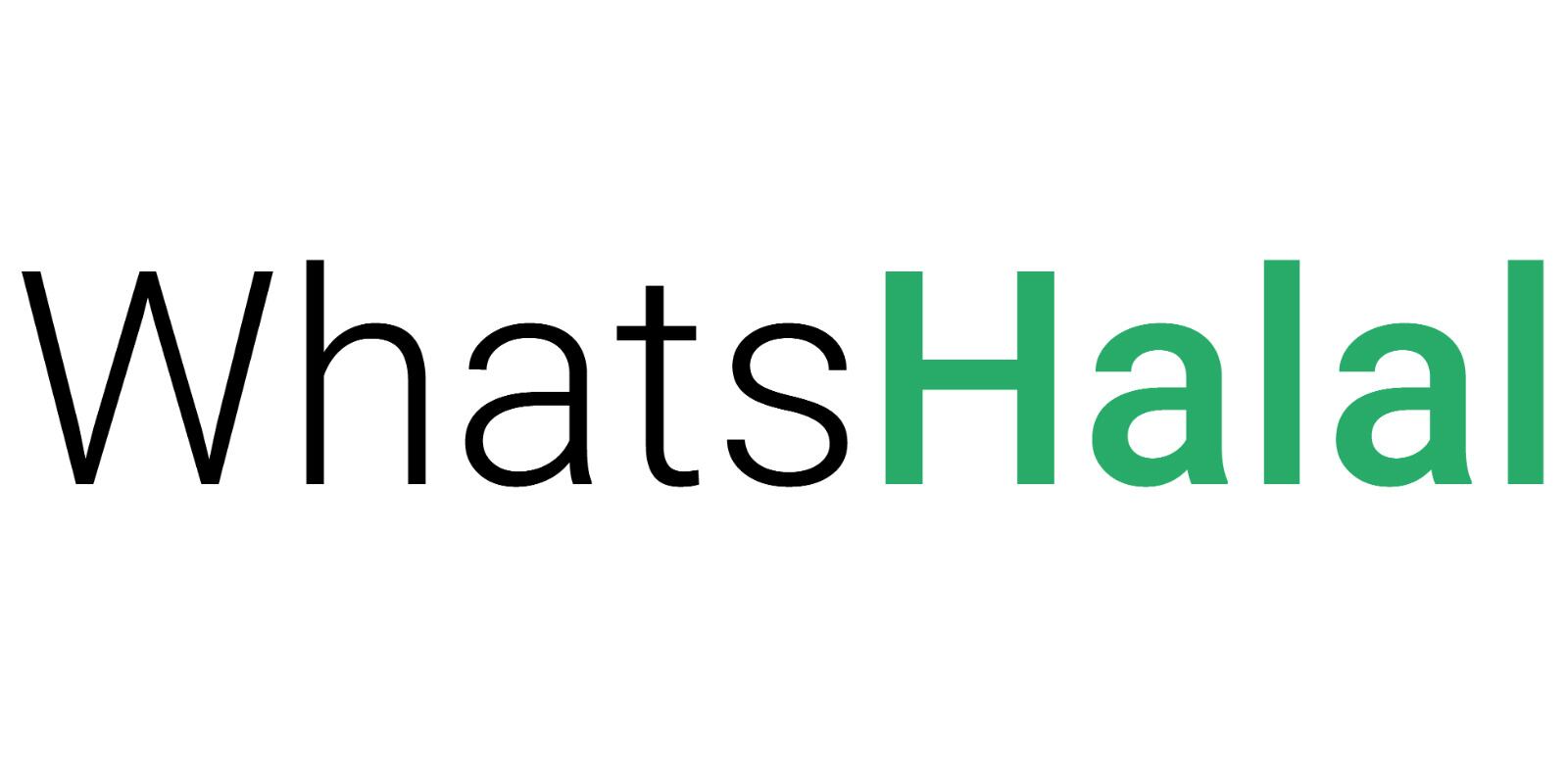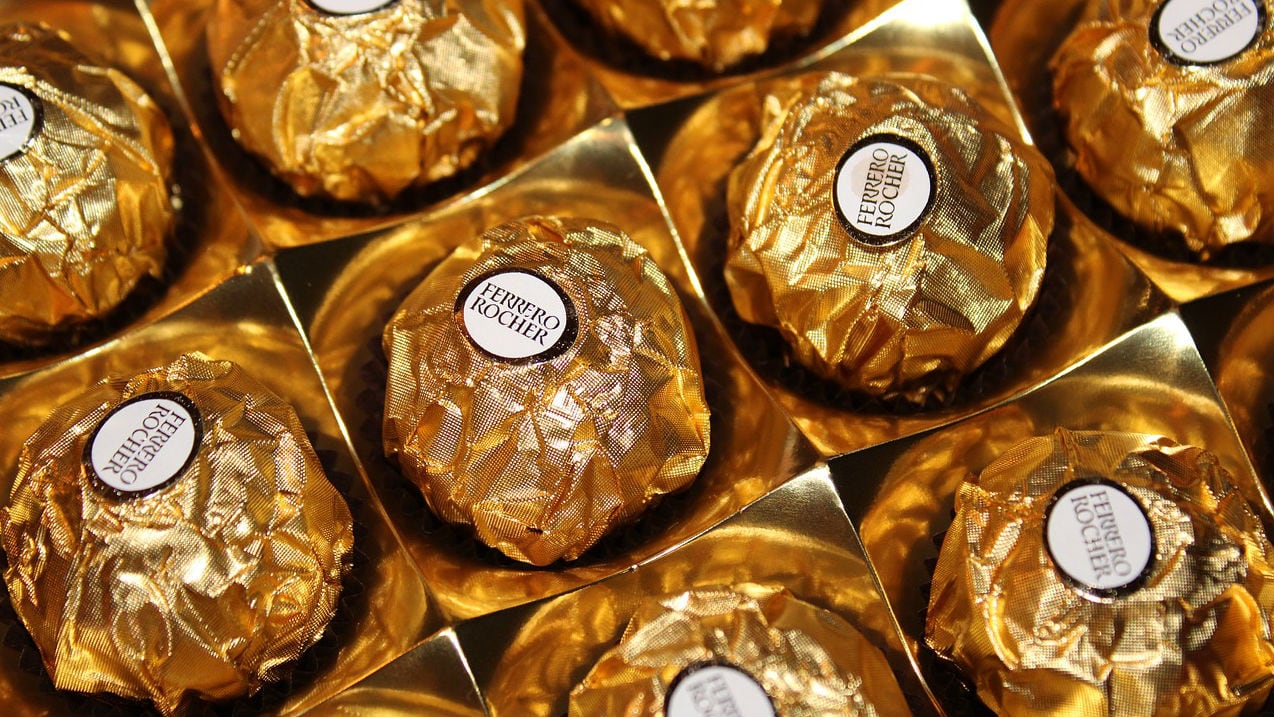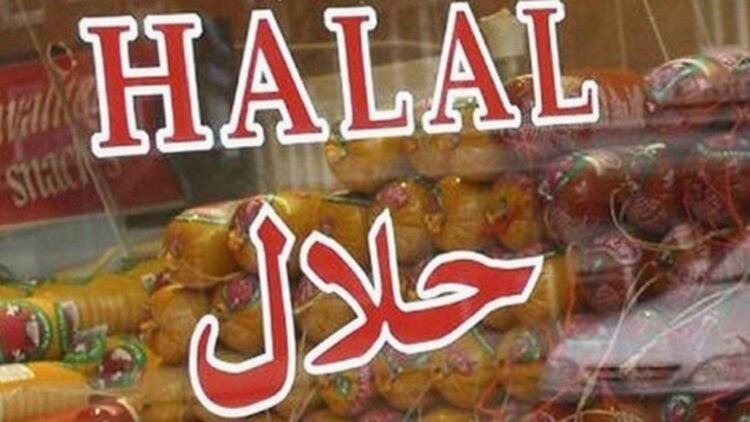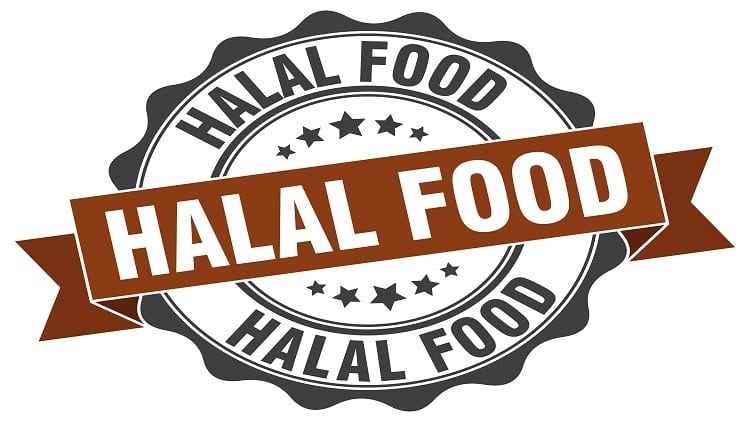Described as the ‘merging of the halal and technology industries’, one of the platform’s main value propositions for halal businesses is by helping to them accesses the booming marketplace more quickly.
According to Reuters data, the halal food industry is estimated to be worth US$1.6bn by 2024, with a CAGR of some 6.1% from US$1.1 bn in 2019.
WhatsHalal’s halal traceability platform claims to connect the entire supply chain, whereas its halal certification platform connects halal food firms all the way to consultants, auditors and certifying bodies.
“Both platforms are linked because certification [can only take place] when the certifying bodies know what the source of the food product is, and how it has been handled in between,” WhatsHalal CEO Azman Ivan Tan told FoodNavigator-Asia
“In this case, we are actually helping the manufacturers to ensure their products enter different markets faster, because if they have already been listed as halal on our blockchain itself, the certifying bodies from different countries can see this and approve market entry [quicker].”
In terms of food safety assurance, the company believes that traceability is key.
“We believe that at this stage there is a need for true traceability [in the halal food industry],” WhatsHalal Head of Business Development Hadi Rahmad told us.
“There is of course traceability going on here and there, but every actor along the [halal] supply chain is currently working as a silo where one does not know what is happening at another end.”
“For example, if cross-contamination happens in a manufacturing facility, this will only be known if it goes viral or a surprise audit was conducted – but [with WhatsHalal] where we integrate everything, it would be easier for notifications to happen throughout [the supply chain].”
To this end, WhatsHalal has introduced a Halal Scanner via its mobile app, which users can use to scan a product barcode to check whether it is halal or not.
Data provided through the app is broken down to ingredient level, which means that every ingredient can be checked for halal-ness, instead of just the overall product.
More than just halal
Tan added that WhatsHalal’s platform applications are not limited to just the halal industry and community.
“[The whole concept of halal] is actually based on benefits to us. For example, the [halal method of] slaughtering animals for consumption and managing animal products are for health benefits, especially in terms of food safety and ethics,” he said.
The halal method of animal slaughter is according to Muslim law, and basically involves killing the animal via a cut to the carotid, jugular and windpipe but leaving the spinal cord intact.
It is compulsory for the animal to be alive and healthy when it is slaughtered, and all blood is drained from the carcass after the cut is made to remove ‘impurities’. Whether or not the animal is stunned before the actual slaughter differs in different countries.
"It doesn't matter whether the consumer is Muslim or not because at the end of the day, if the food source is known to be clean, [it will be in demand]," said Tan.
"We are not here to disrupt any manufacturing processes, but to help document the [entire journey] that a food product goes through from source [to the consumer so that an informed] choice can be made."
The WhatsHalal app and scanner can also tell a user whether the scanned product is vegan or kosher.
Future plans
The company has signed an MoU with one of Indonesia’s largest audit firms Sucofindo, which will be using WhatsHalal’s platforms to administer halal certification in the country. The halal food industry in Indonesia is valued at some US$250bn.
As for other countries, WhatsHalal is aiming to expand to 15 countries this year in terms of its database, including Malaysia, Singapore, Vietnam, Hong Kong, Taiwan, Japan, New Zealand, Philippines and India in the Asia Pacific region.
“Within the next five years, the aim is to gather 95% of food product information from around the world in our database, [whether via] consumer contributed data or working with manufacturers to gather this,” said Tan.





